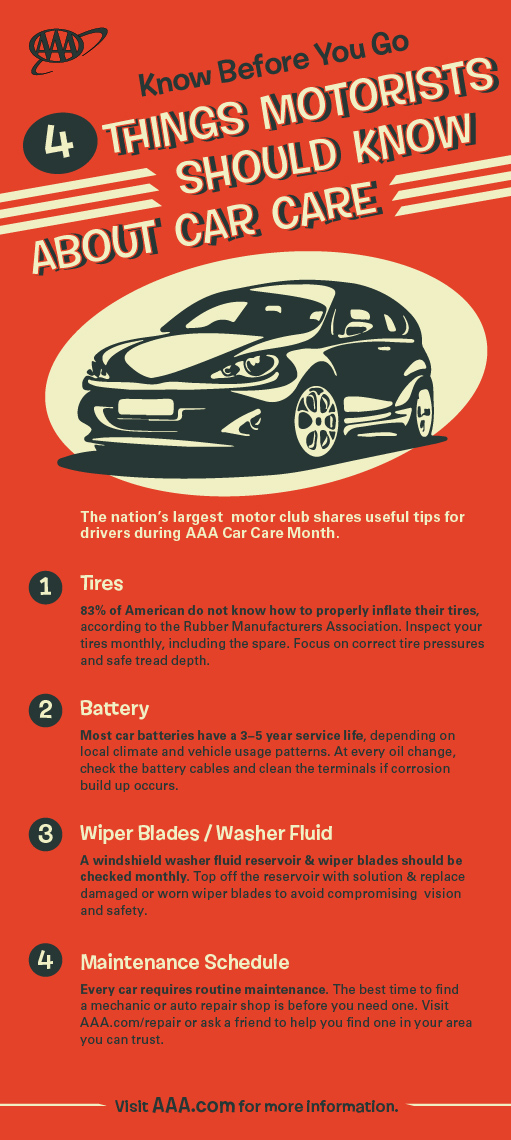Looking For Clearness On The Caution Lights Showed On Your Automobile'S Control Panel? Figure Out Exactly How They Connect To Your Lorry'S Health And Safety
Looking For Clearness On The Caution Lights Showed On Your Automobile'S Control Panel? Figure Out Exactly How They Connect To Your Lorry'S Health And Safety
Blog Article
visit the up coming site -Sykes Gilbert
When you're behind the wheel, those radiant caution lights on your dashboard can be a bit bewildering. Do you recognize what they're attempting to tell you regarding your automobile's health? Understanding the significance of these lights is vital for your security and the durability of your lorry. So, the next time among those lights pops up, would not you wish to decipher its message precisely and take the needed steps to address it?
Common Warning Lighting and Interpretations
Identify common warning lights in your cars and truck and comprehend their meanings to ensure safe driving.
The most regular caution lights include the check engine light, which signals issues with the engine or emissions system. If this light begins, it's vital to have your vehicle inspected quickly.
The oil stress alerting light suggests reduced oil pressure, calling for instant focus to stop engine damages.
A blinking battery light might recommend a faulty billing system, possibly leaving you stranded if not attended to.
The tire stress tracking system (TPMS) light alerts you to low tire pressure, influencing lorry security and fuel effectiveness. Neglecting auckland car grooming could result in harmful driving conditions.
The ABS light suggests a trouble with the anti-lock stopping system, compromising your ability to stop rapidly in emergencies.
Finally, the coolant temperature level warning light warns of engine overheating, which can result in extreme damages otherwise fixed promptly.
Recognizing these usual warning lights will aid you resolve issues promptly and maintain safe driving conditions.
Importance of Prompt Interest
Comprehending the common caution lights in your cars and truck is only the first step; the importance of immediately addressing these warnings can not be stressed enough to guarantee your security on the road.
When a warning light brightens on your dashboard, it's your cars and truck's method of interacting a prospective concern that needs focus. Overlooking these cautions can lead to more extreme issues in the future, compromising your safety and security and possibly costing you a lot more out of commission.
Trigger focus to cautioning lights can stop breakdowns and crashes. For instance, a blinking check engine light can show a misfire that, if left ignored, can create damages to the catalytic converter. Resolving this quickly can save you from an expensive fixing.
Similarly, a brake system warning light may signify low brake fluid or used brake pads, crucial components for your safety and security when driving.
Do It Yourself Troubleshooting Tips
If you observe a warning light on your dashboard, there are a couple of do it yourself fixing tips you can try before looking for expert aid.
The primary step is to consult your cars and truck's manual to recognize what the certain caution light suggests. In some cases the issue can be as easy as a loosened gas cap causing the check engine light. Tightening up the gas cap might fix the trouble.
One more common concern is a low battery, which can activate different alerting lights. Checking the battery links for rust and ensuring they're safe might fix the trouble.
If a caution light lingers, you can try resetting it by disconnecting the car's battery for a couple of mins and after that reconnecting it. Furthermore, inspecting your car's liquid levels, such as oil, coolant, and brake liquid, can help troubleshoot cautioning lights related to these systems.
Verdict
Finally, recognizing your car's caution lights is important for keeping your automobile running smoothly and safely. By quickly resolving these notifies and recognizing what they suggest, you can avoid expensive fixings and possible failures.
Keep in mind to consult your car's handbook for particular information on each alerting light and act as necessary to ensure a trouble-free driving experience.
Remain educated, stay risk-free when driving!
